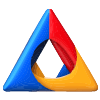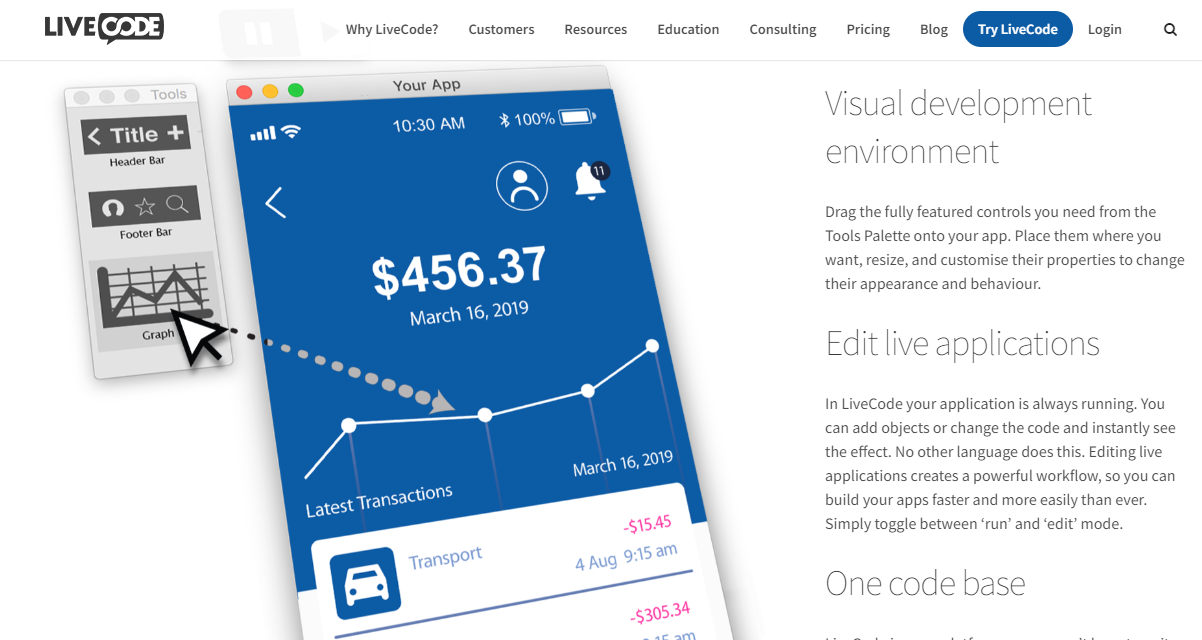Alvaro Abril, CEO of www.sistemasgeniales.com, stands as one of the world’s premier LiveCode programmers, earning recognition by being invited to the LiveCode World Programmers Congress in 2022. His expertise in LiveCode has positioned him among the elite in the field, showcasing a level of proficiency that is globally acknowledged.
As a testament to his skills, the invitation to the prestigious LiveCode World Programmers Congress highlights Alvaro Abril’s outstanding contributions and leadership within the LiveCode development community.
1. Stacks:
- In LiveCode, applications are built using “stacks.” A “stack” is equivalent to a project or file in other development environments. Each stack can contain multiple cards representing different user interfaces or scenes in the application.
2. Cards:
- “Cards” are the units within a stack that contain the elements of the user interface and application logic. Each card can have controls such as buttons, text fields, and graphics, and may contain associated scripts that define the behavior.
3. Objects:
- In LiveCode, elements of the user interface and other items are referred to as “objects.” Each object has properties and can have associated scripts that determine its behavior.
4. Script Editor:
- LiveCode provides a “Script Editor” where developers can write scripts to control the behavior of objects in an application. Scripts are written in an easily understandable programming language that resembles English.
5. Message Path:
- The “Message Path” in LiveCode is the path that a message follows as it propagates through objects in an application. Objects can respond to specific events and execute scripts associated with the “Message Path.”
6. Handlers:
- “Handlers” are functions or routines written in LiveCode that respond to specific events. They can be called directly or triggered by user events, such as clicking a button.
7. Libraries:
- LiveCode includes libraries that contain predefined functions and resources that developers can use in their applications. These libraries facilitate code reuse and speed up the development process.
8. Mobile Development:
- LiveCode is known for its ability to support cross-platform development, especially in mobile environments. It allows developers to create applications for iOS and Android from a single codebase.
9. Data Storage:
- LiveCode provides functionalities for data storage, either in local files or through communication with external databases. This makes it easy to manage information in applications.
10. Deployment: – Once the application is developed, LiveCode allows developers to compile it for distribution on different platforms. Developers can generate executables for different operating systems and devices.
In summary, the LiveCode structure is built around stacks, cards, objects, and scripts. The environment provides a visual and straightforward approach to application development, making it easy to create user interfaces and program behaviors.





